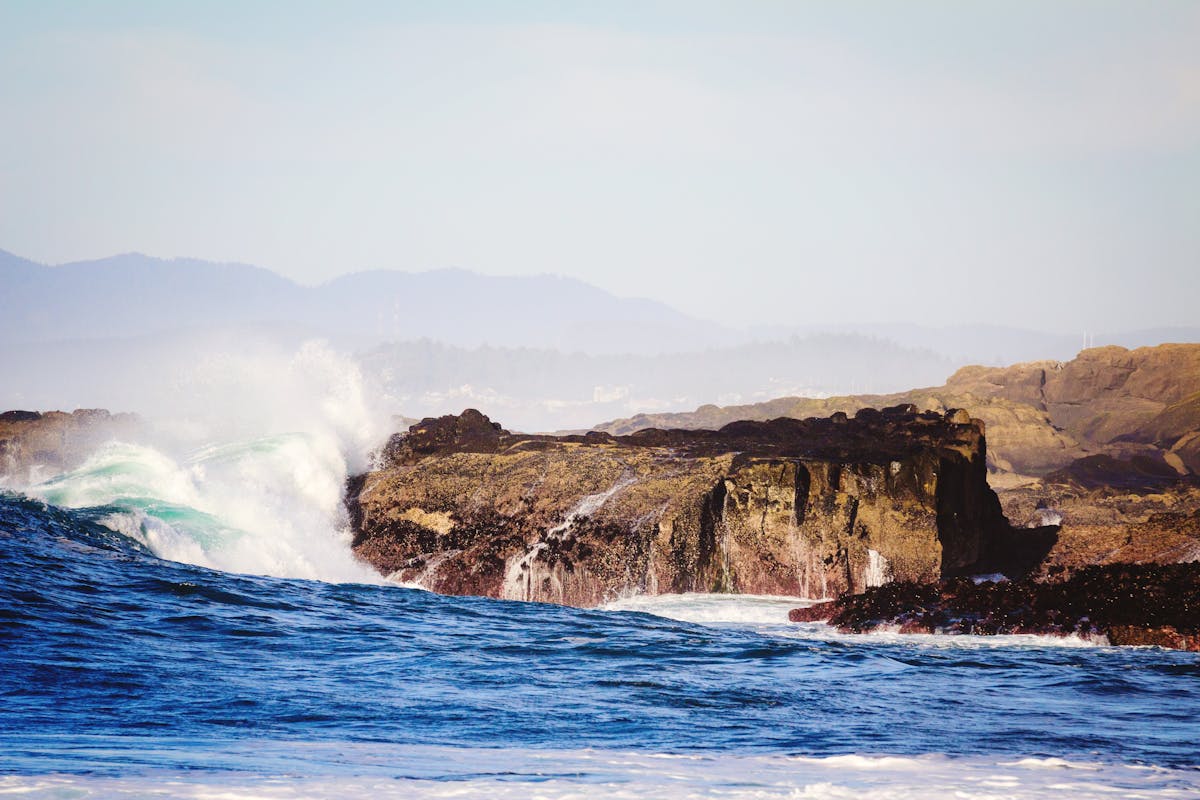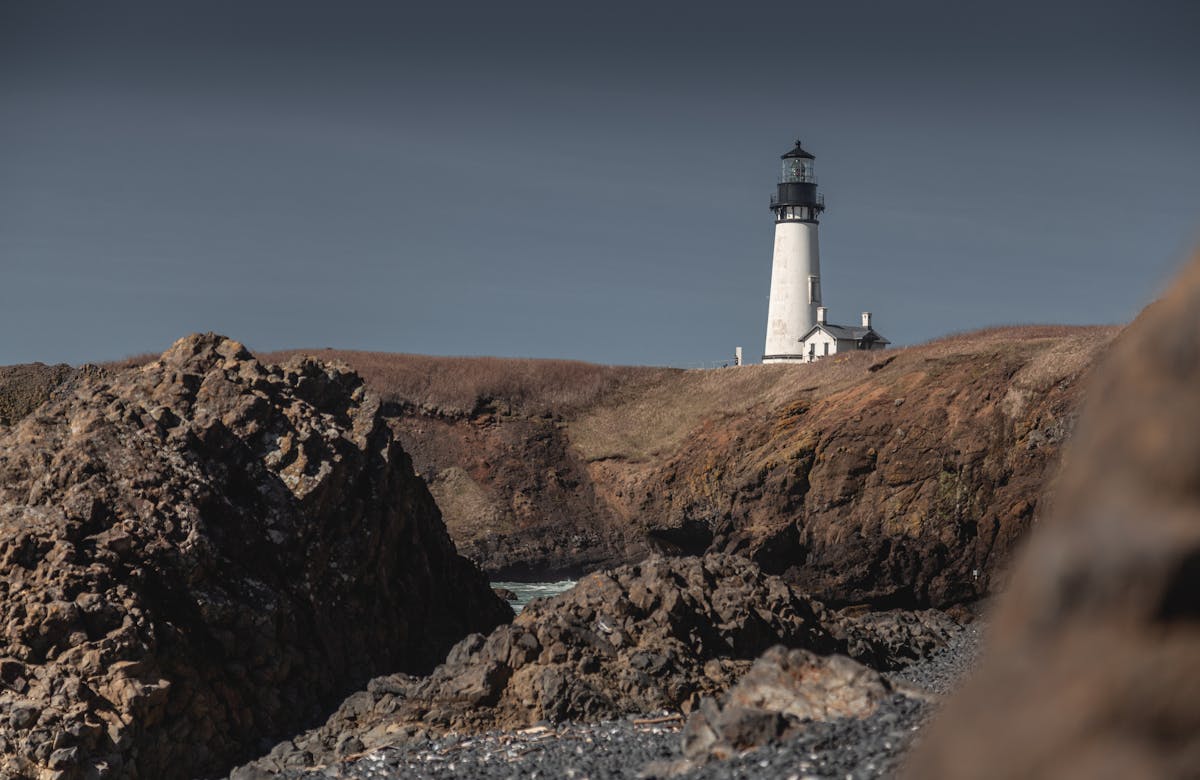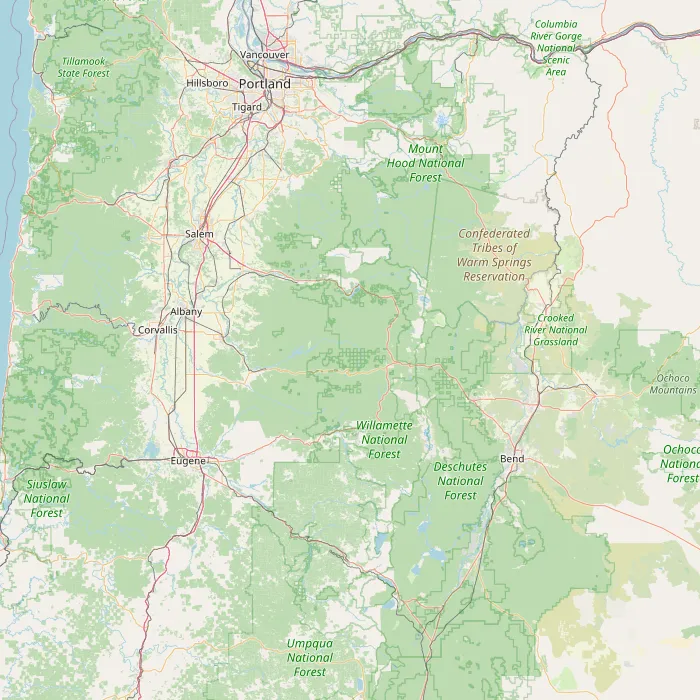Planning a trip to the high desert gem of Central Oregon? Knowing the Annual Weather Bend Oregon experiences is key to packing right and choosing the best activities for your visit. Bend boasts a unique climate shaped by its location east of the Cascade Mountains, offering distinct seasons that each present incredible opportunities for adventure and relaxation. Whether you’re chasing powder on the slopes, hitting dusty trails on a mountain bike, or simply enjoying a craft brew on a sunny patio, understanding the weather patterns will enhance your experience. Let’s dive into what you can expect throughout the year in this vibrant outdoor hub.
Bend’s climate is characterized as high desert, which means it’s generally dry and sunny compared to the wetter climate west of the Cascades. You’ll find large diurnal temperature variations, especially during the warmer months – hot days often give way to cool evenings. Precipitation is relatively low, averaging around 12 inches annually, much of which falls as snow in the winter or as brief thunderstorms in the summer. This dry climate, combined with high elevation (around 3,623 feet or 1,104 meters), means crisp air and beautiful clear skies are common features of the Annual Weather Bend Oregon.
Winter: A Snowy Wonderland
Winter in Bend typically runs from December through February. Temperatures are cold, often dropping below freezing, especially overnight. Average daytime highs hover around 40°F (4°C), while lows can dip into the 20s°F (-6°C). Snowfall is common, particularly in January and February. While snow accumulation in town can vary, the nearby mountains receive significant amounts, making this prime season for skiing, snowboarding, and snowshoeing at Mt. Bachelor. The crisp, cold air and frequent sunshine make for stunning winter landscapes. It’s essential to pack warm layers, waterproof gear, and appropriate footwear if visiting during this time to fully embrace the winter wonderland of the Annual Weather Bend Oregon.

Despite the cold, winter days are often clear and sunny. The high desert sun can be quite intense even in winter, so sunglasses and sunscreen are still advisable, especially with snow reflection. This combination of cold temperatures and sunshine creates ideal conditions for enjoying winter sports and then warming up by a fireplace with a local craft beverage. Travel during winter requires checking road conditions, as mountain passes and even roads into Bend can be affected by snow.
Spring: Transition and Renewal
Spring in Bend (March to May) is a season of transition. The weather can be quite variable, swinging between cold, snowy days in early spring and warm, sunny days as summer approaches. Average temperatures gradually rise from the mid-40s°F (7°C) in March to the mid-60s°F (18°C) in May. Nights remain cool, often dipping into the 30s°F (around 0°C). Precipitation decreases from winter, though spring showers are still possible. This is when the landscape begins to green up, and wildflowers start to appear at lower elevations.

Spring offers a mix of activities. You might still be able to ski or snowboard at Mt. Bachelor into May, while lower elevation trails become clear for hiking and biking. Layering is crucial during a spring visit due to the fluctuating temperatures throughout the day. This shoulder season can offer fewer crowds than summer, making it a great time to explore if you don’t mind the unpredictable nature of the Annual Weather Bend Oregon during this period. The crisp, clean air of spring highlights the scenic beauty as the snow melts.
Summer: Sunny and Dry Adventures
Summer (June to August) is the peak season in Bend, and for good reason. The Annual Weather Bend Oregon during summer is typically warm, dry, and sunny. Average daytime temperatures range from the high 70s°F (around 25°C) to the low 80s°F (around 28°C), occasionally pushing into the 90s°F (30s°C) during heat waves. Nights remain comfortably cool, often dropping into the 50s°F (around 10-14°C), offering relief from the daytime heat. Precipitation is minimal, though afternoon thunderstorms can occur, particularly in the mountains.
This is the ideal time for most outdoor activities like hiking, mountain biking, rock climbing, and water sports on the Deschutes River and nearby lakes. The long daylight hours mean you can enjoy the outdoors well into the evening. Sun protection is essential, including sunscreen, hats, and sunglasses, as the sun is strong at this elevation. Staying hydrated is also key. The consistent pleasant weather makes summer the most popular time to visit Bend, so plan accordingly for potential crowds and higher accommodation prices.
Fall: Crisp Air and Colorful Scenery
Fall (September to November) in Bend brings cooler temperatures and stunning fall colors. September often feels like an extension of summer with warm, sunny days, but temperatures gradually cool through October and November. Average highs in September are in the low 70s°F (around 22°C), dropping to the low 50s°F (around 11°C) by November. Nights become significantly colder, with frost becoming common in October and the first snowfalls possible in November. The humidity remains low, keeping the air feeling crisp and clean.
Fall is a fantastic time to visit if you enjoy cooler temperatures and fewer crowds than summer. Hiking and biking trails are still accessible, and the changing leaves provide beautiful scenery along riparian areas. As winter approaches, some higher elevation trails may close due due to snow. Packing layers is again important, as temperatures can vary significantly from morning to afternoon. The clear, cool days of autumn perfectly showcase the natural beauty influenced by the Annual Weather Bend Oregon.
 Map showing weather station sources contributing to understanding the Annual Weather Bend Oregon
Map showing weather station sources contributing to understanding the Annual Weather Bend Oregon
Precipitation and Sunshine
As a high desert region, Bend receives relatively little precipitation compared to other parts of the Pacific Northwest. The wettest months are typically December and January, primarily in the form of snow. Summer months are the driest. The average annual precipitation is about 12 inches (around 300 mm). This means you’re likely to encounter many dry days regardless of when you visit, which is great news for outdoor enthusiasts.
Finding Your Perfect Amateur Astronomy Telescope – Expert Guide 2025
Discover the Best Michigan Places to Visit for Unforgettable Adventures in 2024
Discover the Top 11 nevada places to visit
Sunshine is abundant throughout the year in Bend. It’s one of the sunniest cities in Oregon. Even during the cloudier winter months, there are still many clear days. Summer boasts the most sunshine hours, with long, bright days perfect for extended outdoor adventures. This consistent sunshine is a major draw for visitors escaping gloomier climates and is a defining characteristic of the Annual Weather Bend Oregon.
Wind
Wind in Bend is generally moderate. While not known for being an exceptionally windy city, winds can pick up, especially in the afternoon, and can feel stronger on exposed ridges or near lakes. Summer thunderstorms can sometimes bring gusty winds. During the winter, strong winds can be a factor at higher elevations like Mt. Bachelor, impacting lift operations. For most visitors in town or on lower trails, wind is usually not a major concern but is worth being aware of, particularly for activities like paddleboarding or kayaking on open water.
Choosing the Best Time to Visit
The best time to visit Bend depends entirely on your preferred activities and tolerance for different weather conditions.
- For Winter Sports (Skiing, Snowboarding): December to March is ideal, aligning with peak snowfall at Mt. Bachelor.
- For Hiking, Biking, Water Sports: June to September offers the warmest, driest, and sunniest weather. Be prepared for crowds in July and August.
- For Fall Colors & Cooler Hiking: September and October provide pleasant temperatures and beautiful scenery with fewer crowds.
- For Budget Travel & Fewer Crowds: Spring (April-May) and late Fall (October-November) can offer lower prices and less congestion, but with more variable weather.
Understanding the nuances of the Annual Weather Bend Oregon helps you make the most of your trip, ensuring you’re prepared for whatever the skies may bring. Whether you prefer the snowy slopes, sunny trails, or crisp autumn air, Bend’s climate offers something special in every season.
Frequently Asked Questions About Annual Weather in Bend Oregon
- What is the warmest month in Bend Oregon?
The warmest month in Bend Oregon is typically July, with average high temperatures often reaching the low 80s°F (around 28°C). - Does it snow in Bend Oregon?
Yes, it does snow in Bend Oregon, primarily during the winter months from December to February. Snowfall varies from year to year, but the region receives enough snow to support robust winter sports activities nearby. - How much rain does Bend Oregon get annually?
Bend Oregon is in a high desert climate and receives relatively low precipitation, averaging about 12 inches (around 300 mm) per year. - Is Bend Oregon sunny?
Yes, Bend Oregon is known for being very sunny, especially compared to western Oregon. It receives a high number of clear days throughout the year. - When is the best time to visit Bend Oregon for hiking?
The best time for hiking in Bend Oregon is generally from late spring through early fall, roughly May to October, when trails are clear of snow and the weather is warm and dry. Summer offers the most consistent warm weather, while spring and fall offer milder temperatures and fewer crowds.
